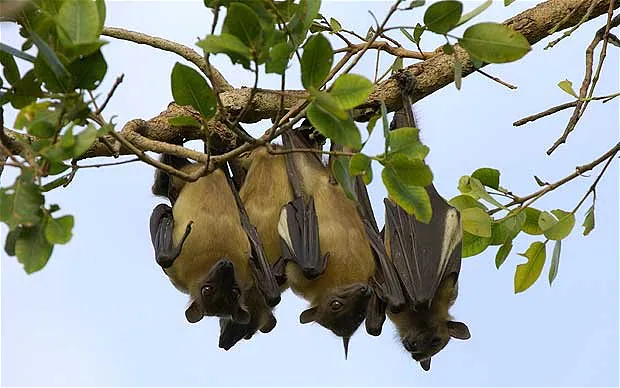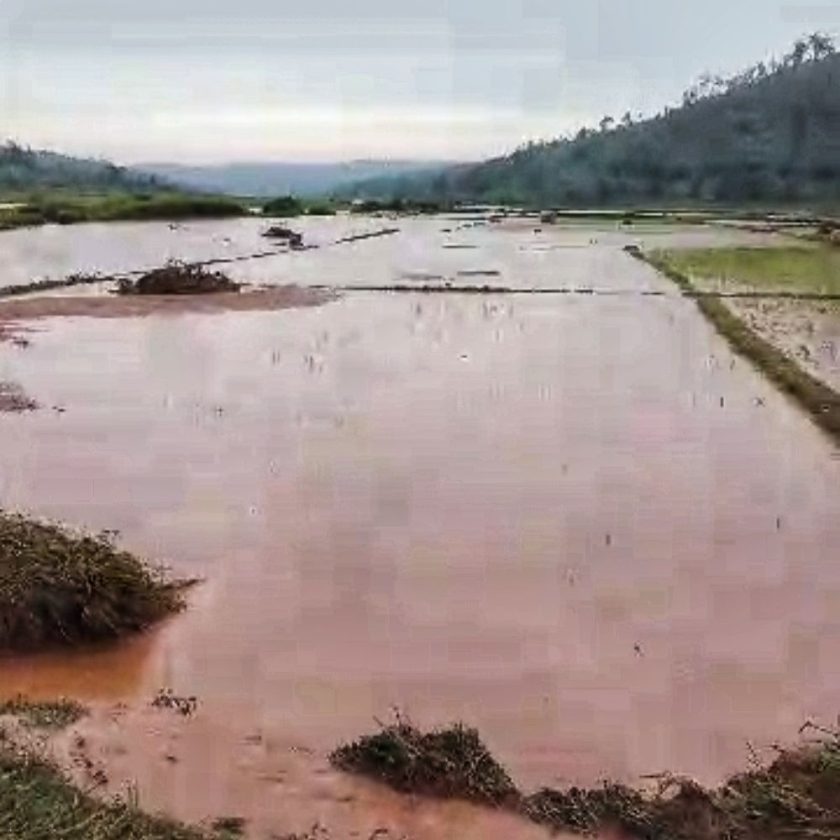Through the Ministry of Emergency Management (MINEMA), the Rwandan government has initiated efforts to address and mitigate the impact of natural disasters in order to prevent and minimize the losses they cause.
Disasters are not unique to Rwanda; global data from the UNDRR’s Centre for Research on the Epidemiology of Disasters shows that 399 major disasters occurred in 2023, including earthquakes, floods, fires, droughts, extreme heat, storms, and more, significantly affecting populations worldwide. These disasters claimed over 86,000 lives, impacted over 93 million people, and resulted in economic losses of more than $380 billion, of which $118 billion were insured losses.
According to MINEMA data, from 2018 to 2023, Rwanda experienced 7,961 disaster incidents, resulting in the deaths of 1,209 people. Landslides claimed 329 lives, lightning killed 301 people, floods took 212 lives, and heavy rains resulted in 200 deaths, with extensive damage to infrastructure, including 355 roads and bridges.
In the first five months of 2024 alone, Rwanda faced 288 disaster incidents that claimed 49 lives and injured 79 people, while damaging houses, crops, roads, and bridges.
The most common disasters this year included 29 fires, 19 floods, 89 house collapses, 35 landslides, 37 lightning strikes, 10 mine collapses, seven instances of heavy rain, and 62 windstorms. The most affected districts included Gakenke (27 incidents), Gasabo and Ngororero (19 each), and Nyarugenge (17 incidents).
Between January and October 2024, disasters damaged 1,620 houses, 1,000 hectares of crops, 66 classrooms, 60 road sections, 12 churches, and 12 bridges. MINEMA reports that managing these disasters costs Rwanda over $300 million annually, or over RWF 400 billion.
Climate change is a major factor behind 20% of these disasters, while economic conditions, population distribution, and infrastructure issues contribute to about 25%. Inadequate preparedness and budgetary constraints hinder effective disaster risk reduction, accounting for 55% of these issues.
To reduce these losses, MINEMA aims to increase Rwanda’s resilience against disasters from 46% in 2024 to 60% by 2030. Minister of Emergency Management, Maj Gen (Rtd) Albert Murasira, emphasized prioritizing disaster mitigation across housing, agriculture, and infrastructure sectors in the next five years.
“Our focus in the next five years will be on implementing necessary measures across all sectors, including housing, agriculture, and infrastructure, so that everyone is aware of and can follow the required guidelines for the nation’s development,” he said.
The Minister added, “We will intensify awareness efforts and develop technology for early warning systems to alert citizens in case of impending disasters, allowing them to prepare and save lives.”
Approved last year, Rwanda’s National Disaster Management Policy highlights strategies for effective disaster management and will require RWF 40.26 billion over the next seven years. This policy focuses on increasing disaster preparedness, resilience planning, and strengthening the relevant agencies to mitigate disaster risks.
MINEMA’s data shows that sectors facing significant disaster risks include agriculture (44%), housing (55%), transportation infrastructure (39%), energy (57%), water and sanitation (46%), environment (44%), mining and quarrying (42%), and emergency response (72%).
BY KAYITESI Ange





